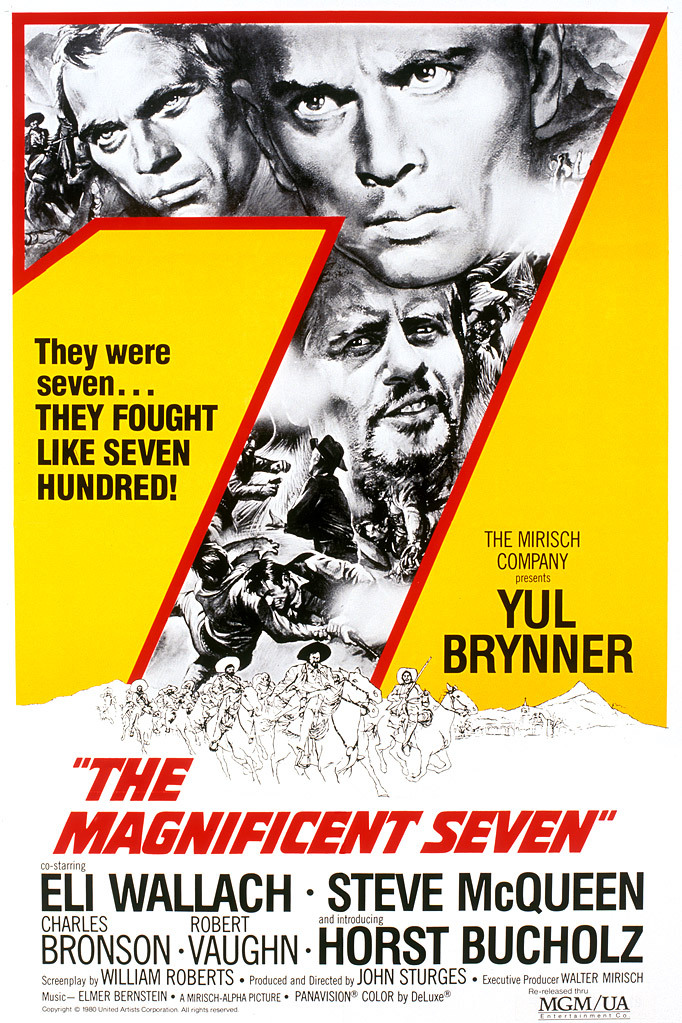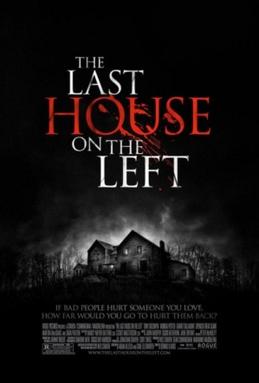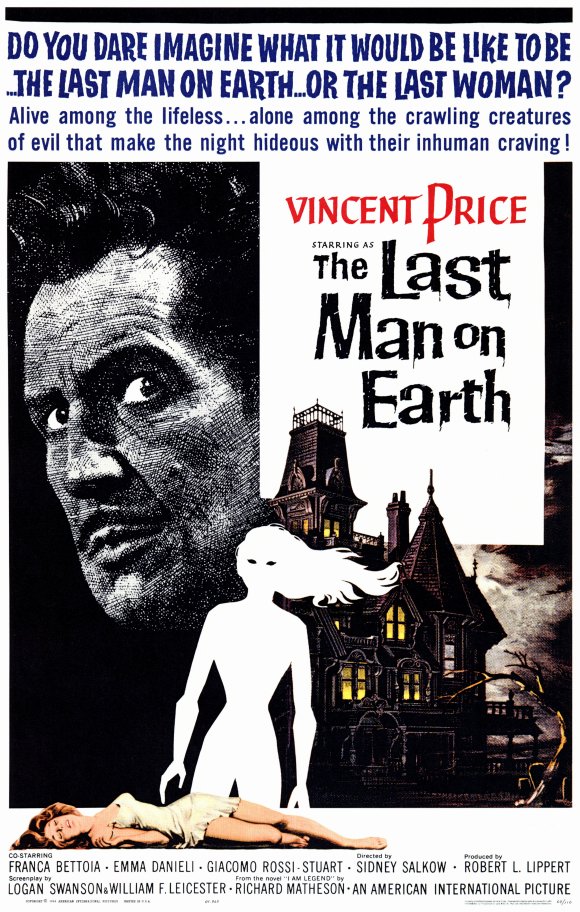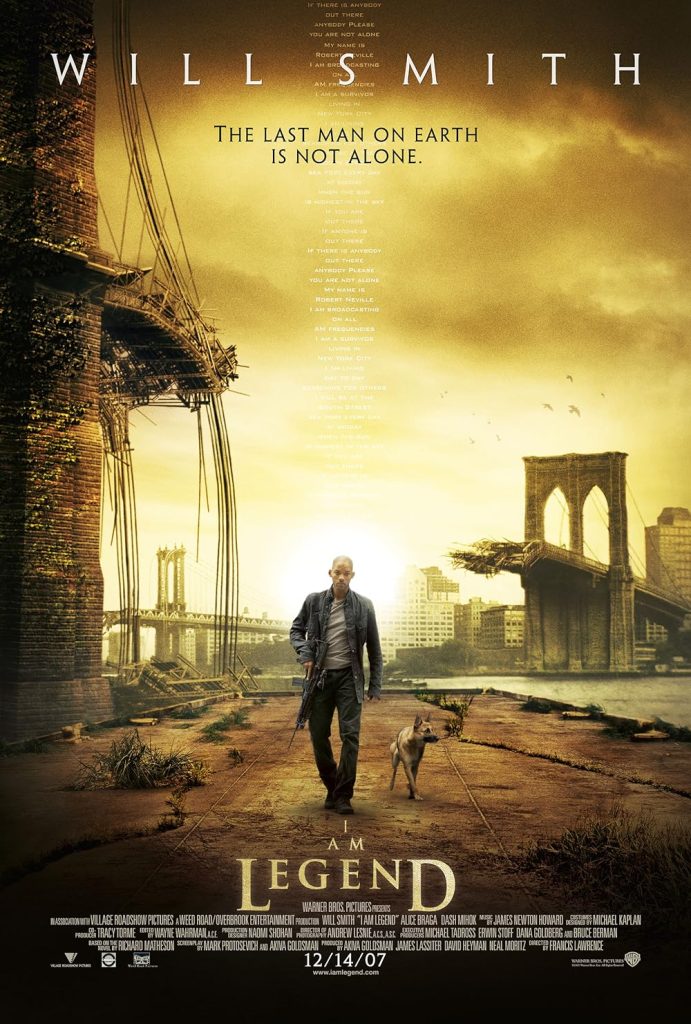by Andrew Hartman
In today’s ever-evolving film landscape, remakes have become a common occurrence. It seems like almost every month, a studio releases a new iteration of a beloved classic in hopes of captivating both old and new audiences. However, the concept of remakes is not a recent phenomenon; it has been a part of the film industry for over a century. Interestingly, some remakes manage to fly under the radar, often seen as entirely original works. Whether it’s due to a change in title, genre, or limited availability, certain films have successfully avoided the label of being remakes, despite their origins.
“Seven Samurai” and “The Magnificent Seven”



In 1954, director Akira Kurosawa released his film “Seven Samurai” to the Japanese public. The film follows a veteran Samurai hired by a village to protect it from bandits. Knowing he can’t do it alone, he enlists the help of six other samurai to aid him in battle and teach the villagers how to defend themselves. At the time, the film had the highest Japanese film budget ever produced and even made its way into US cinemas. However, almost six years later, the film was remade by John Sturges as an American Western to capitalize on the popularity of the genre. Prominent film stars took on the roles, and the plot was changed from samurai defending a local village to American gunfighters defending a Mexican village. In the US, it was a colossal success and completely bypassed its remake status to the general public. In recent years, there has also been another remake of the title in 2016 with very few changes from its American counterpart.
“The Virgin Spring” and “The Last House on the Left”



In 1960, the renowned Swedish filmmaker Ingmar Bergman released his film “The Virgin Spring.” The film was based on an old Swedish folktale, recounting the harrowing journey of a young girl delivering candles to a church. Along her path, she is captured, subjected to assault, and ultimately murdered by bandits, who seek refuge at a nearby homestead. Unbeknownst to them, the homestead belongs to the girl’s parents, who gradually uncover the bandits’ heinous acts. The film delves into themes of morality, redemption, and grief, presenting a poignant drama. Its American remake, crafted by acclaimed horror director Wes Craven in 1972, not only altered the title but also shifted the tone and message entirely. “The Last House on the Left” revolves around two girls seeking revelry and drugs, inadvertently crossing paths with three criminals. While the outcome mirrors that of its predecessor, the remake adopts a markedly more violent and graphic approach. This adaptation was revisited once more in 2009, drawing heavily from Craven’s initial interpretation.
“Wings of Desire” and “City of Angels”


In 1987, Wim Wenders released “Wings of Desire” in German theaters. The plot follows an angel overseeing Berlin who falls in love with a trapeze artist and desires to become human. The film not only used black and white imagery for half of the movie but also focused strongly on depicting the thoughts and feelings of the average person in Berlin. Its remake, “City of Angels,” released in 1998, retained most of the original plot points but shifted its focus more towards the romantic love story between the well-known actors Meg Ryan and Nicolas Cage.
“The Last Man on Earth,” “The Omega Man,” “I Am Legend”



In 1964, Richard Matheson’s acclaimed story “I Am Legend” was brought to the silver screen under the title “The Last Man on Earth.” Vincent Price took the lead role, and Matheson himself was offered to write the screenplay. The film follows a lone man immune to a virus that has turned most of the world into the ‘living dead.’ Notably, this came out four years before “Night of the Living Dead” and was influential to the zombie genre. So influential, in fact, that during the height of the 70s zombie craze, the movie was remade as “The Omega Man.” The title change distinguished itself from the popular Vincent Price version and cast Charlton Heston in the lead role. However, it didn’t stop there. In 2007, arguably the most famous adaptation was released: Will Smith’s “I Am Legend,” which not only rebooted the story for a modern audience but also reverted back to the story’s original title. This film is set to get a sequel in the coming years with Will Smith returning and Michael B. Jordan as an added lead.
Andrew Hartman is a senior at Indiana University studying Cinematic Arts with a focus in Screenwriting. His favorite genre is horror, especially the slasher sub-genre, and this is his third year with Media Services.
Leave a Reply